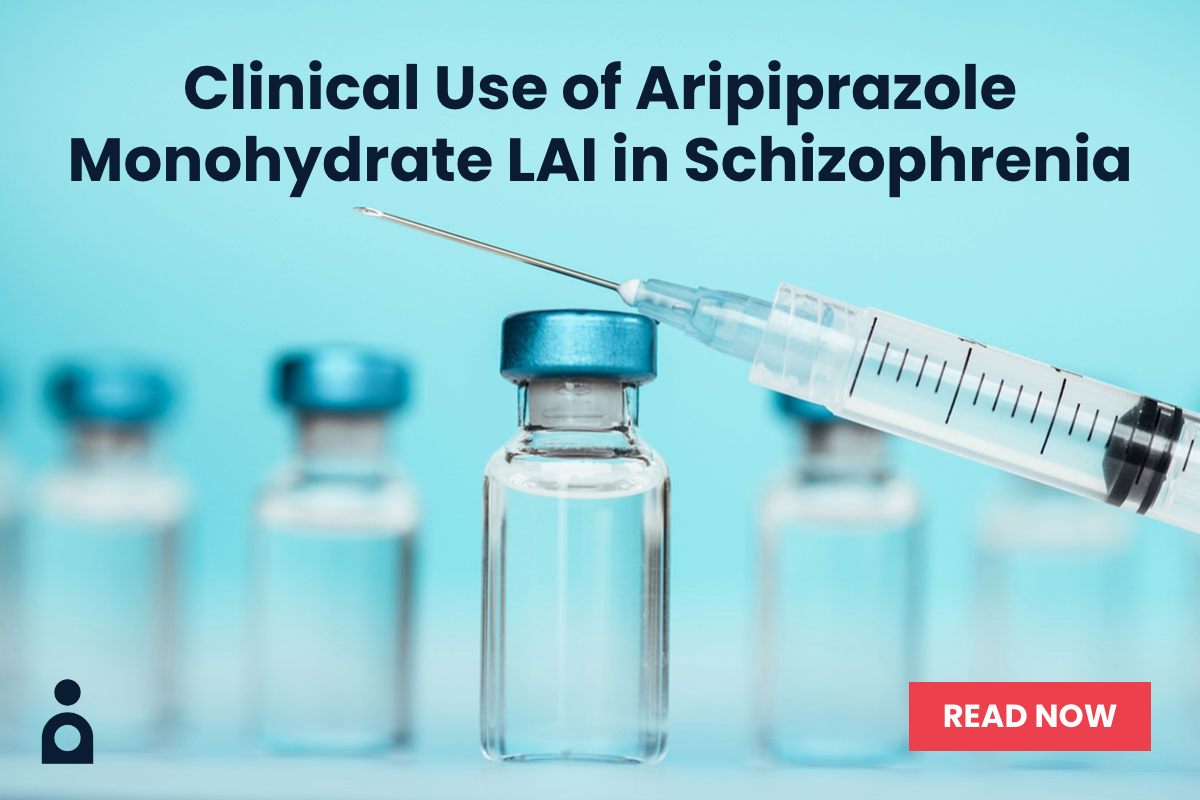Clinical Trials in Psychopharmacology: A Better Brain, 2nd ed
This superb volume is the second edition of a multiauthored book designed to review published clinical trials of psychotropic medications and the implications of the research results. A great wealth of information is contained in these well-edited and well-organized pages, but the reader should take heed: this is not a book for a beginning clinician, and it most certainly is not a "how-to" handbook for prescribing psychiatric medications.
What it contains, however, are chapters that helpfully review and synthesize the research data on medications for mood, anxiety, addictive, and impulsive disorders; review the complex and sometimes contradictory data on attention-deficit/hyperactivity disorder, autism spectrum disorders, and antipsychotic drugs for schizophrenia; and discuss special issues for the treatment of women patients in clinical trials. For this reviewer, the chapters on the role of the FDA and the (negative) findings on a causal role for antidepressants in suicide were particularly noteworthy.
Many of the chapters are not from the United States, which gives the book an international perspective that is refreshing as well as illuminating. It is wonderful to read of research that has not made headlines in the American psychiatric literature simply because it was done in another country. Authors from Italy, Canada, Brazil, China, Norway, and France are represented.
For this reviewer, the 2 chapters on psychiatric genetics alone are worth the price of admission. Each is a lucid and accessible review of the basic mechanisms of genetic processes from synapse to gene transcription. Each is up to date, defines the relevant terminology used in the text, and provides a window into the potential (and current) role of psychiatric genetics in prescribing psychiatric medications.
One chapter especially tantalized me as I began to read it: a chapter on the use of low doses of antidepressants, a practice that I have been advocating (and using) for 4 decades. Alas, the chapter provided no new data from research studies (contained in a single paragraph), as there are only a small handful of published studies for low-dose treatment of depression. The authors, therefore, devoted the remainder of the chapter to reviewing low-dose antidepressant treatment of other disorders including sleep and a variety of medical conditions. Although I was ultimately disappointed in this chapter, I was stimulated to encourage someone reading this review (and the book) to undertake research into the important topic of low-dose antidepressants for depressive disorder. We need more data on this subject.
Overall, I highly recommend this book for those who already have knowledge and experience in using psychiatric medications and have some familiarity with clinical trial structure and data analysis. It is readable, is very well organized, and has numerous useful tables and fantastic bibliographies. It is well worth your time.
Author affiliation: Harvard Medical School, Boston, Massachusetts. Potential conflicts of interest: None reported.
doi:10.4088/JCP.11bk06987
© Copyright 2011 Physicians Postgraduate Press, Inc.

